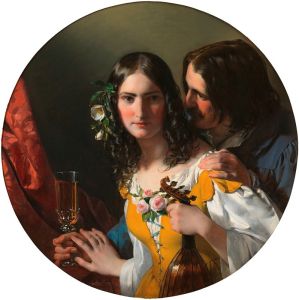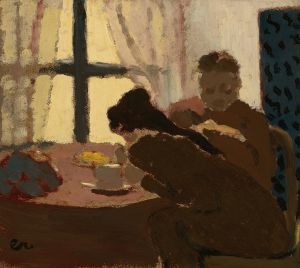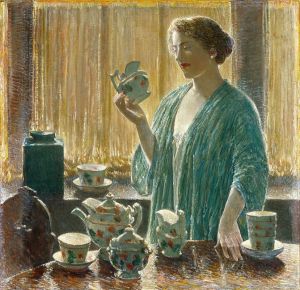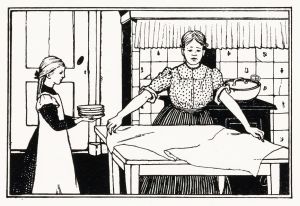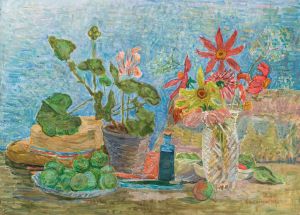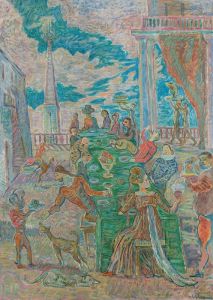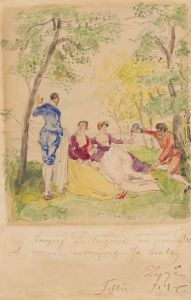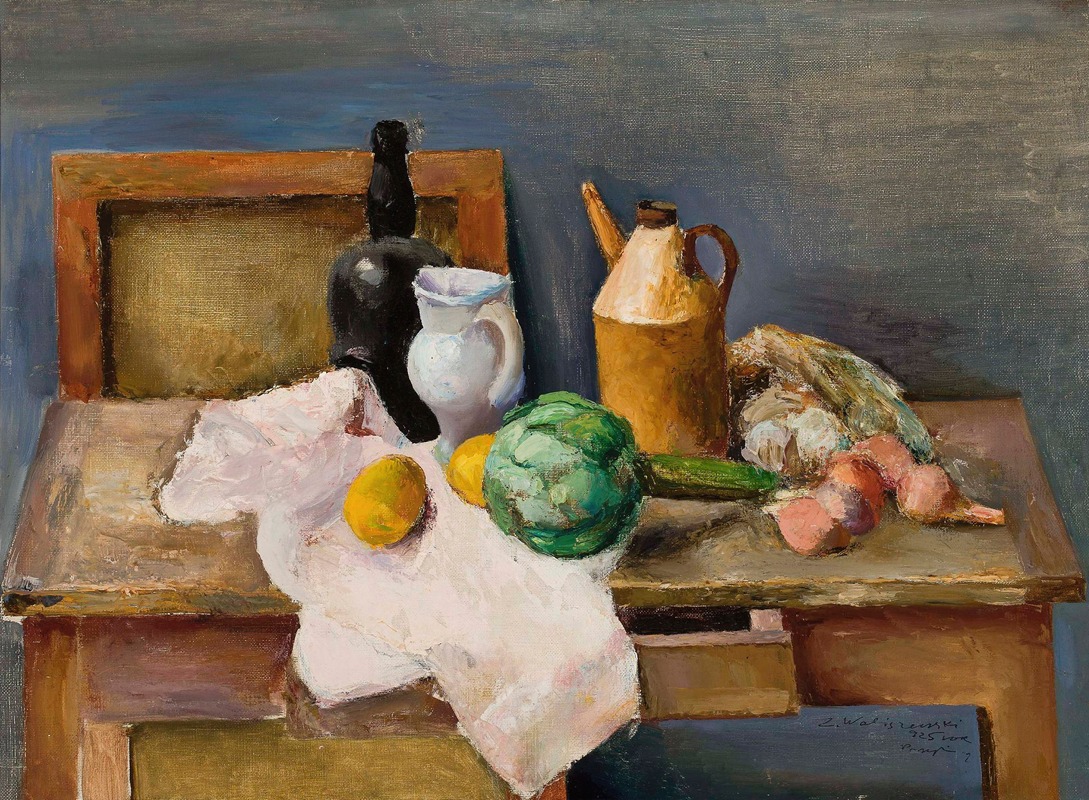
Still life
A hand-painted replica of Zygmunt Waliszewski’s masterpiece Still life, meticulously crafted by professional artists to capture the true essence of the original. Each piece is created with museum-quality canvas and rare mineral pigments, carefully painted by experienced artists with delicate brushstrokes and rich, layered colors to perfectly recreate the texture of the original artwork. Unlike machine-printed reproductions, this hand-painted version brings the painting to life, infused with the artist’s emotions and skill in every stroke. Whether for personal collection or home decoration, it instantly elevates the artistic atmosphere of any space.
Zygmunt Waliszewski was a Polish painter known for his contributions to the post-impressionist movement in Poland. Born in 1897 in Saint Petersburg, Russia, Waliszewski moved to Poland where he became an influential figure in the Polish art scene during the interwar period. His works often reflect a blend of modernist styles with traditional Polish themes, and he was associated with the Kapists, a group of Polish colorists who emphasized the use of color in painting.
"Still Life" by Zygmunt Waliszewski is one of his notable works, showcasing his unique approach to the still life genre. While specific details about this particular painting are limited, Waliszewski's still lifes generally exhibit a vibrant use of color and a dynamic composition, characteristics that align with the broader Kapist movement. His works often feature everyday objects arranged in a manner that highlights their form and color, creating a sense of harmony and balance.
Waliszewski's style was influenced by his education and experiences. He studied at the Academy of Fine Arts in Kraków under the tutelage of Józef Pankiewicz, a prominent Polish painter who played a significant role in introducing modernist techniques to Polish art. Pankiewicz's influence is evident in Waliszewski's use of color and his departure from traditional realism towards a more expressive and abstract representation of subjects.
In "Still Life," Waliszewski likely employed a bold palette, a characteristic feature of his work. His compositions often include a variety of textures and surfaces, with objects such as fruits, flowers, and household items arranged in a way that draws the viewer's attention to their aesthetic qualities rather than their utilitarian function. This approach reflects the Kapists' belief in the primacy of color and form over narrative content in painting.
Waliszewski's contribution to Polish art extends beyond his paintings. He was an active participant in the cultural life of Poland, engaging with other artists and intellectuals of his time. His work was exhibited in numerous exhibitions, both in Poland and internationally, helping to elevate the status of Polish modernist art on the global stage.
Despite his relatively short life—he died in 1936 at the age of 39—Waliszewski left a lasting impact on the Polish art community. His works continue to be studied and appreciated for their innovative use of color and form, and they remain an important part of Poland's artistic heritage.
Overall, "Still Life" by Zygmunt Waliszewski exemplifies the artist's mastery of color and composition, reflecting the broader trends of modernism in early 20th-century Polish art. His paintings remain a testament to his skill and vision, capturing the beauty and complexity of everyday objects through a modernist lens.





